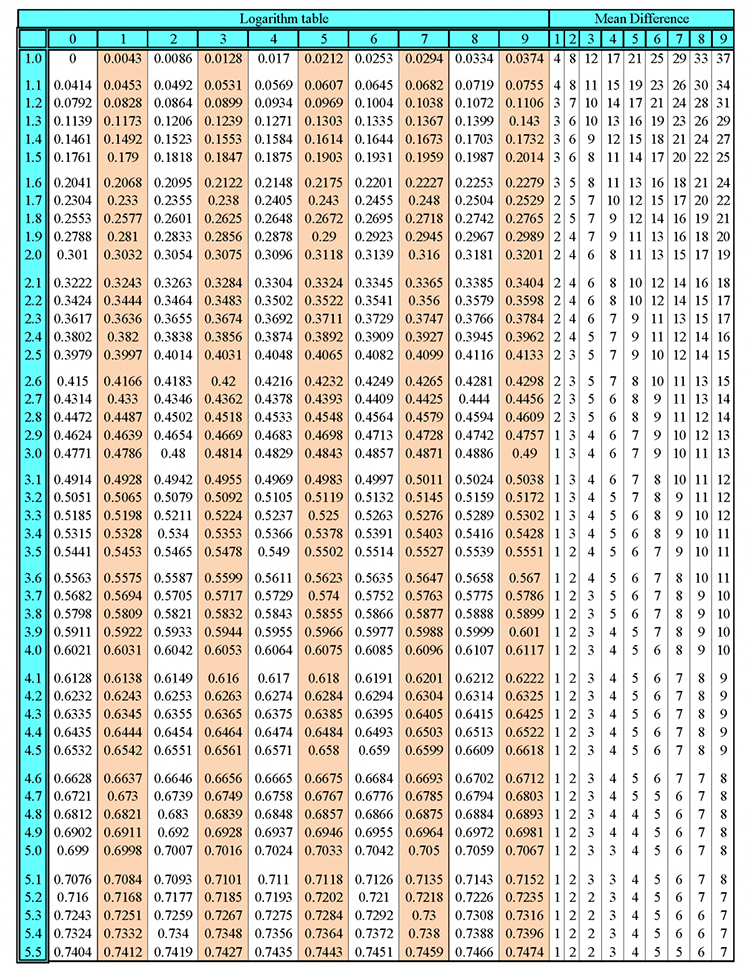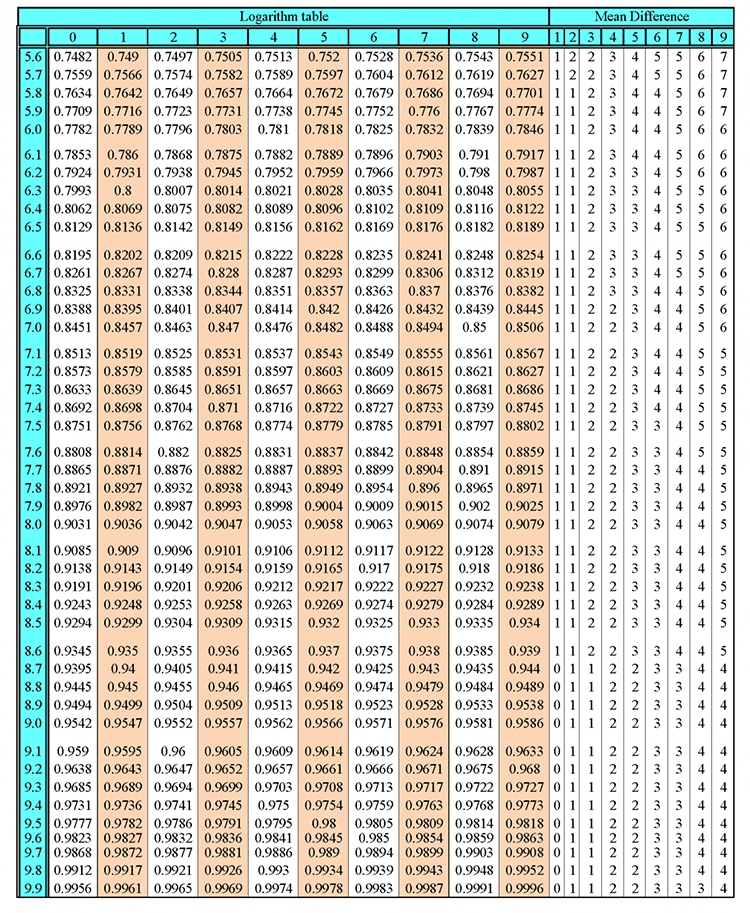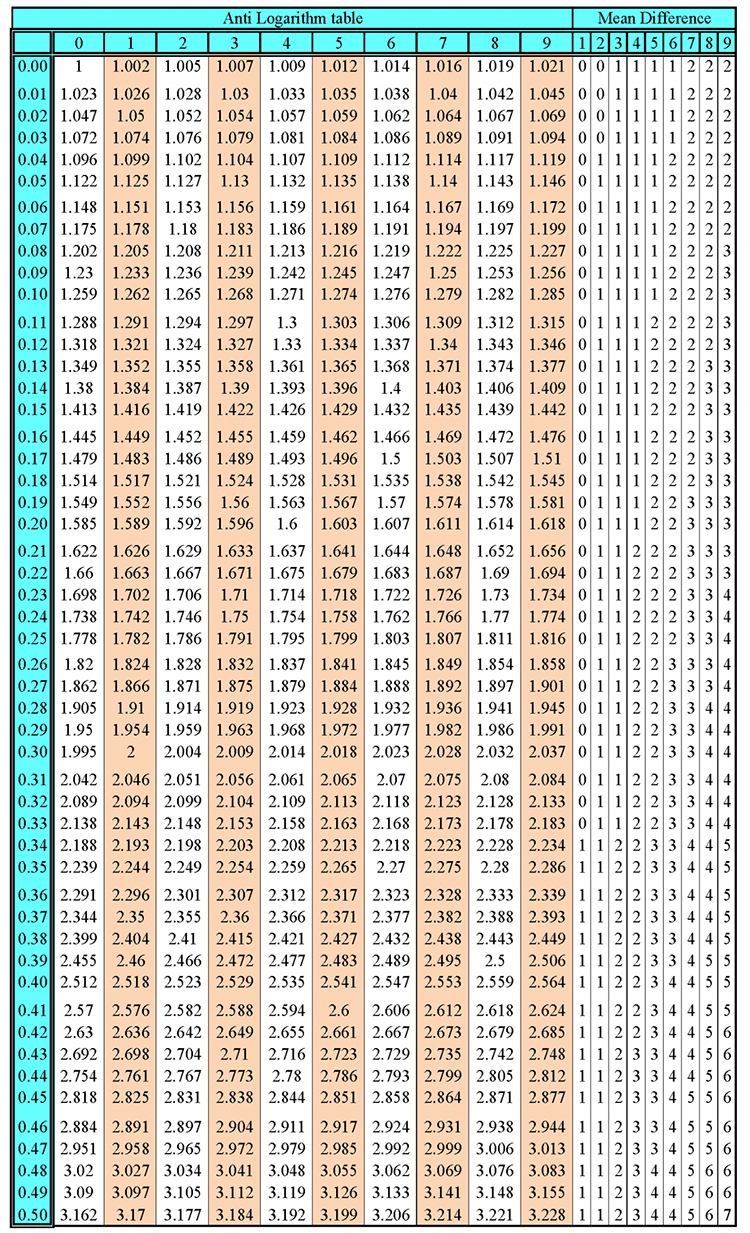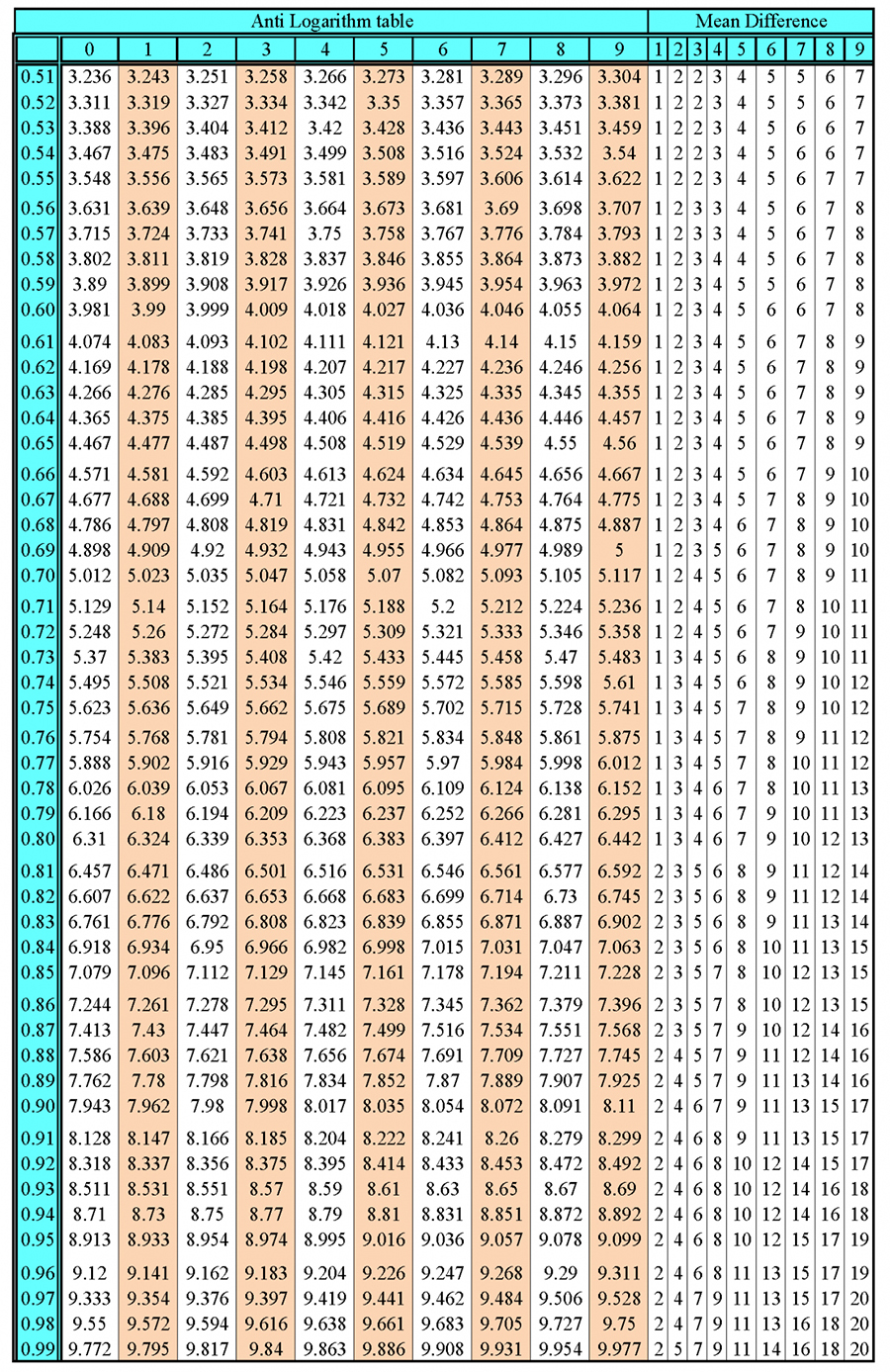Non/Not Mutually exclusive
Can both happen (at the same time)
Mutually exclusive - Time - Can't both happen
(at the same time) (see previous definition)
So Non/Not Mutually Exclusive - Time - CAN
both happen at the same time
Non/not mutually exclusive is the opposite to mutually exclusive.
Example
If a die is rolled find the probability of rolling a number less than 3 or an even number.
`Remember\ probability\=(N\umber\ of\ RIGHT\ answers)/(N\umber\ of \ALL\ possibl\e\ answers`
Start by drawing a probability tree for a roll of the dice that gives less than 3:

`1/6+1/6=2/6`
Now draw the probability tree for even numbers:
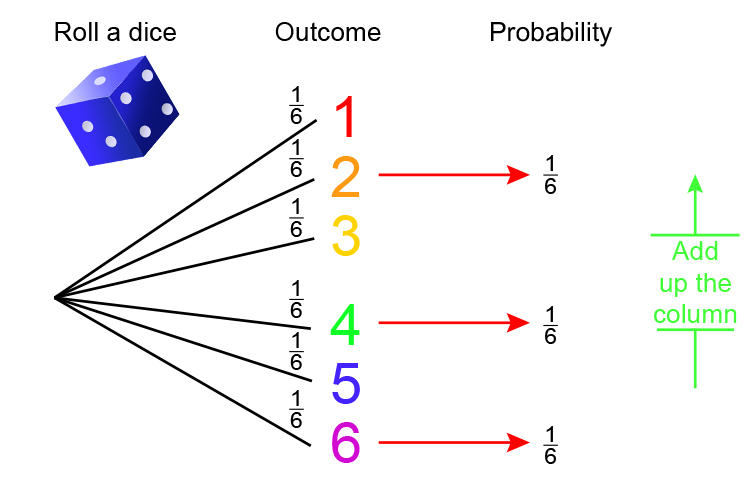
`1/6+1/6+1/6=3/6`
So `2/6+3/6=5/6`
But note the probability of getting 2 comes up twice, i.e.

A Venn diagram shows the problem:
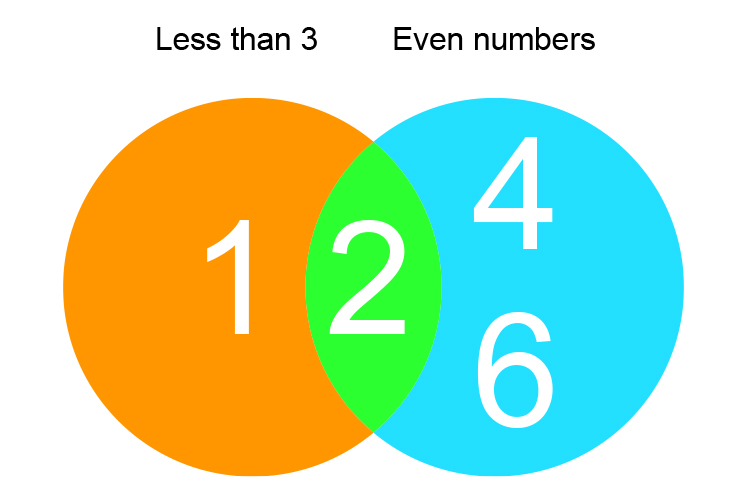
In these cases you have to remove one of the crossovers to get the answer.
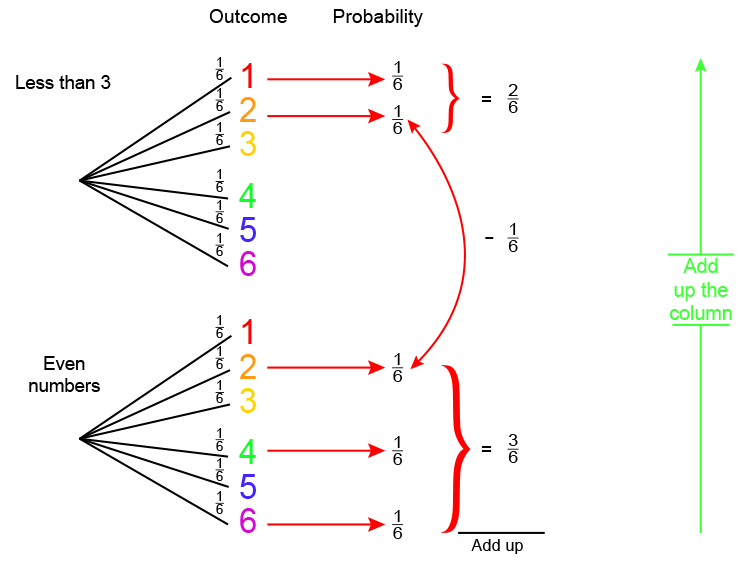
Add up `2/6+3/6` but remove `1/6`
`2/6+3/6=5/6`
`5/6-1/6=4/6`
`4/6=2/3`
Answer:
The probability of rolling a number less than 3 or an even number is 2 in 3 or 0.67.
And if 1 = 100% then 0.67 = 67% chance.
Example 2
What is the probability of you picking an ace or a heart from a pack of cards?
`Remember\ probability\=(N\umber\ of\ RIGHT\ answers)/(N\umber\ of \ALL\ possibl\e\ answers`
For 1 card probability = `1/52`
Start by drawing a probability tree:
For Aces:
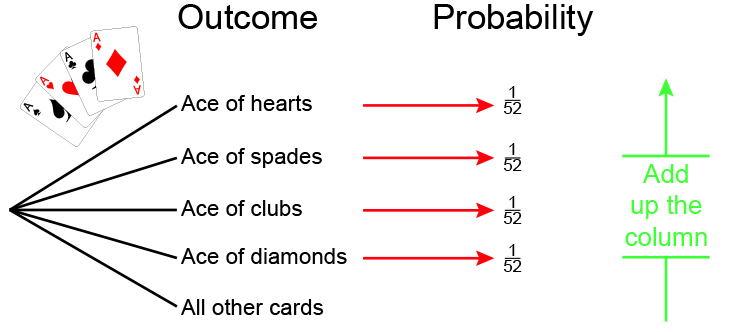
`1/52+1/52+1/52+1/52=4/52`
For Hearts:

`1/52+1/52+1/52+1/52+1/52+1/52+1/52+1/52+1/52+1/52+1/52+1/52+1/52=13/52`
But note the ace of hearts is in both.
So remove one of the ace of hearts.
So total = `4/52+13/52-1/52`
So total = `(4+13-1)/52=16/52`
`16/52=8/26=4/13`
Answer:
The probability of picking an ace or a heart from a pack of cards is 4 in 13 or 0.308.
And if 1 = 100% then 0.308 = 30.8% chance.
